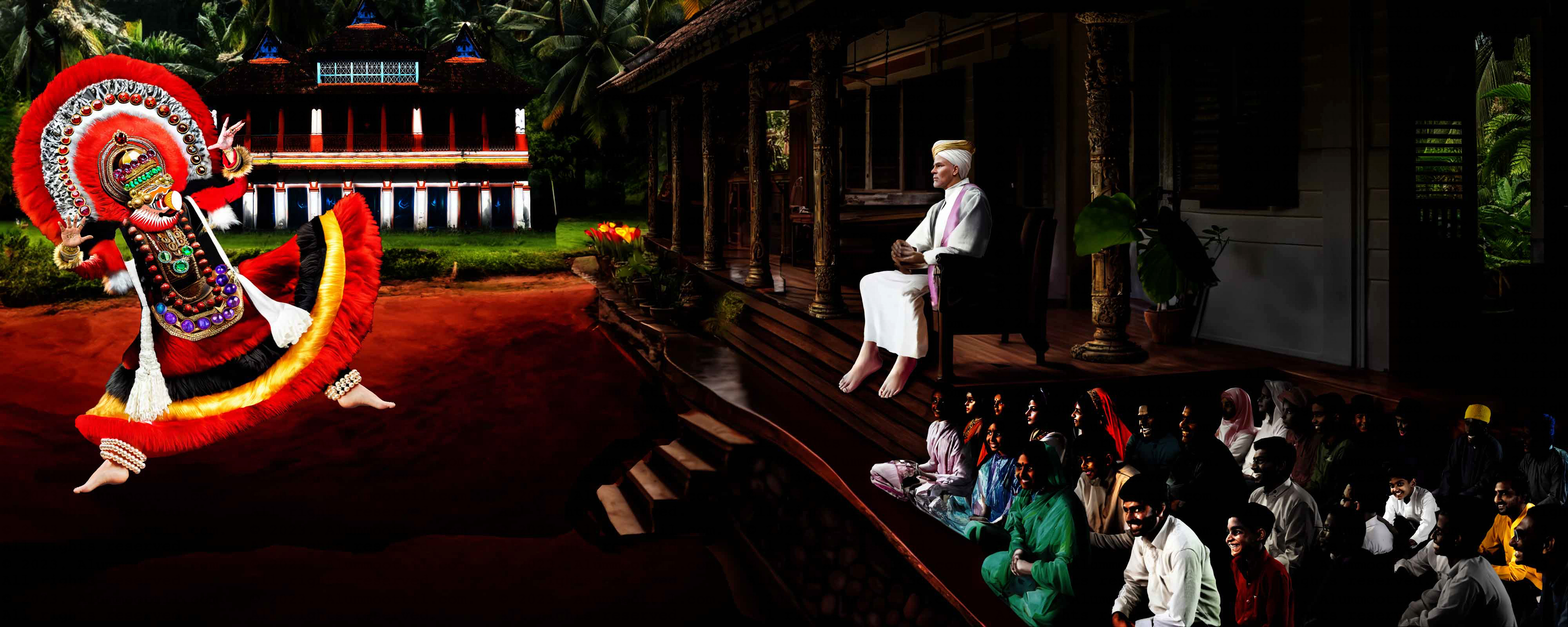
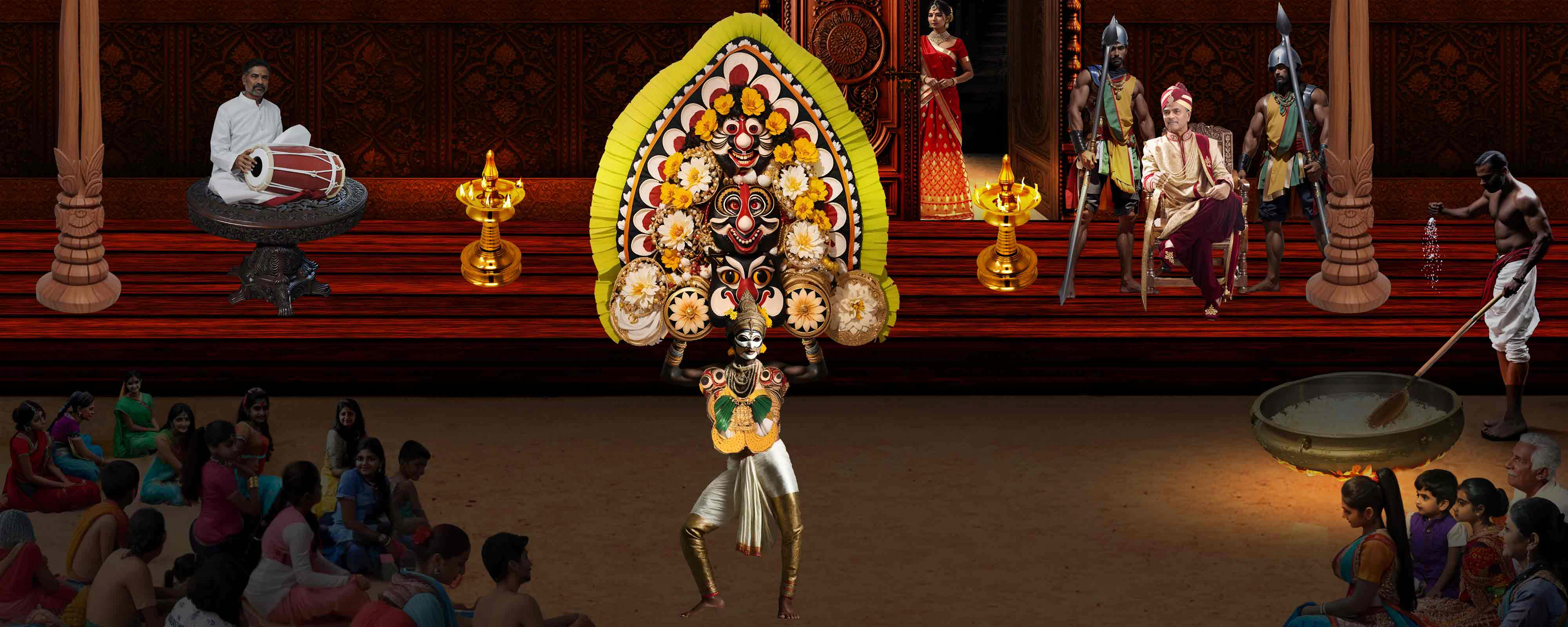


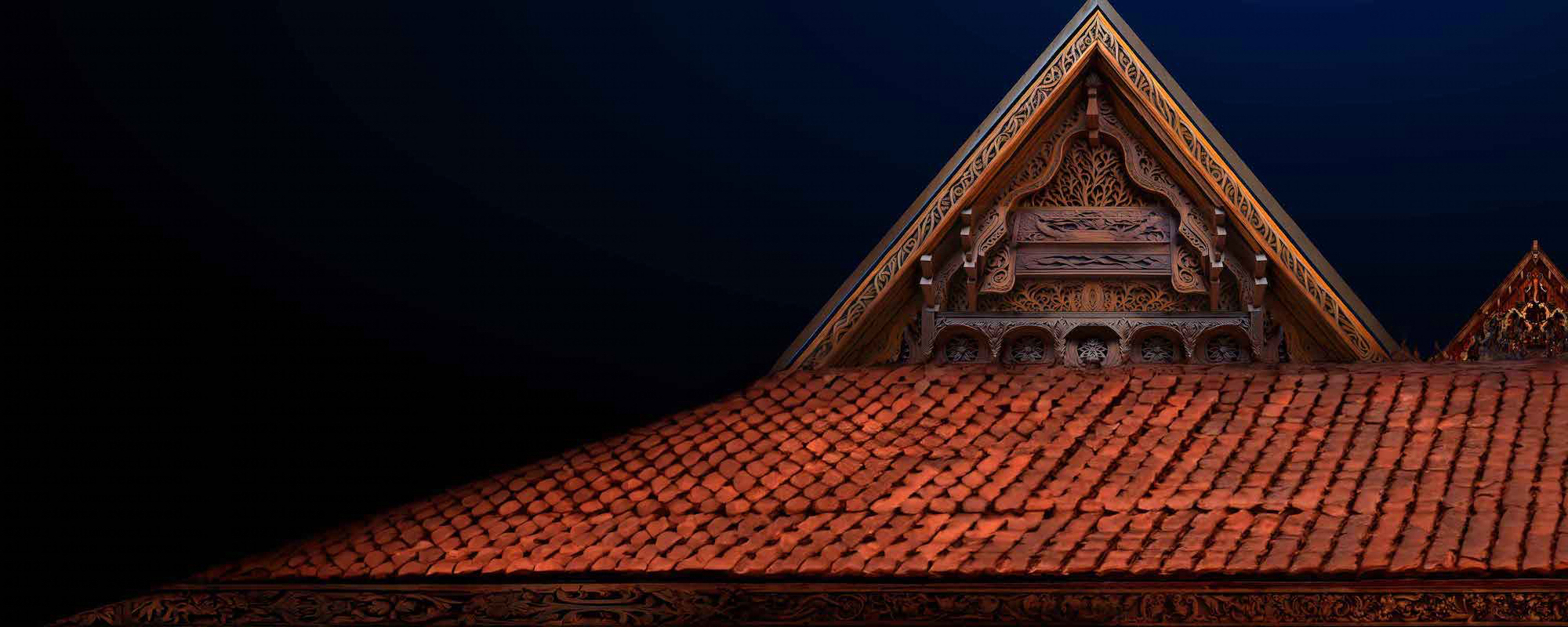
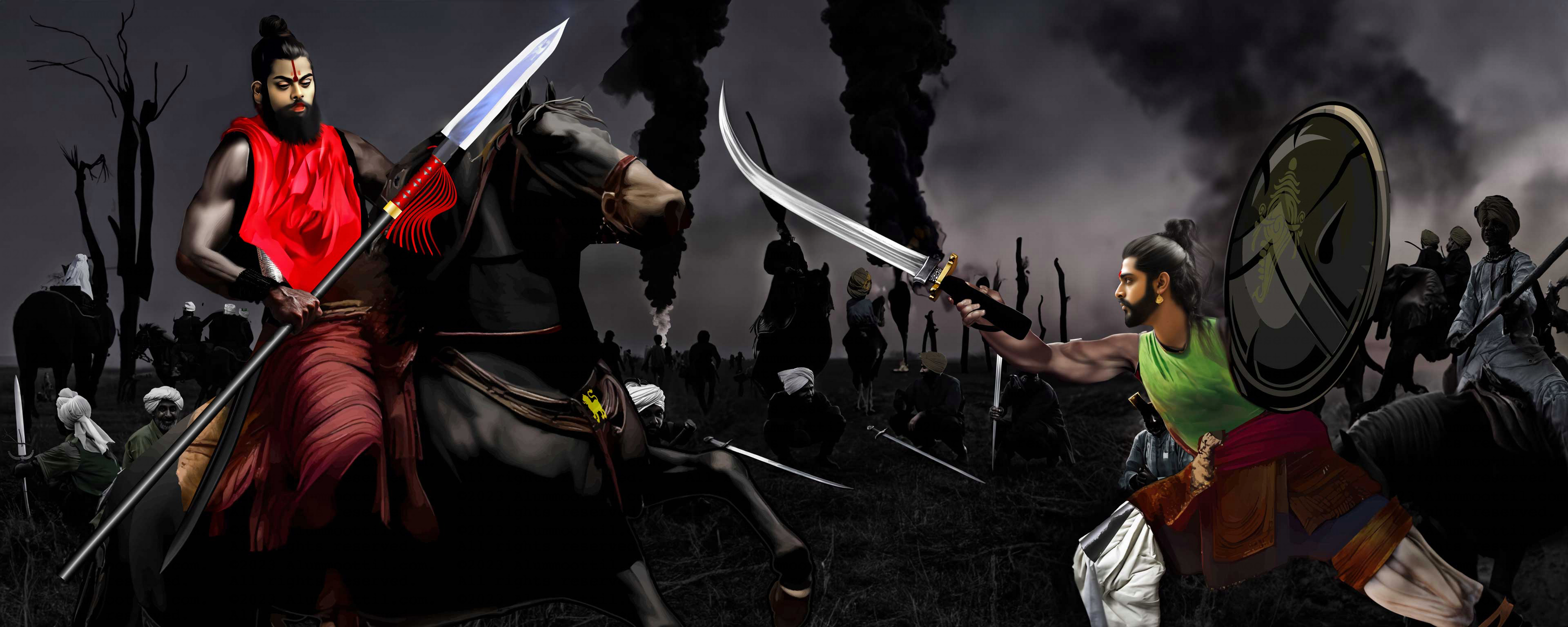

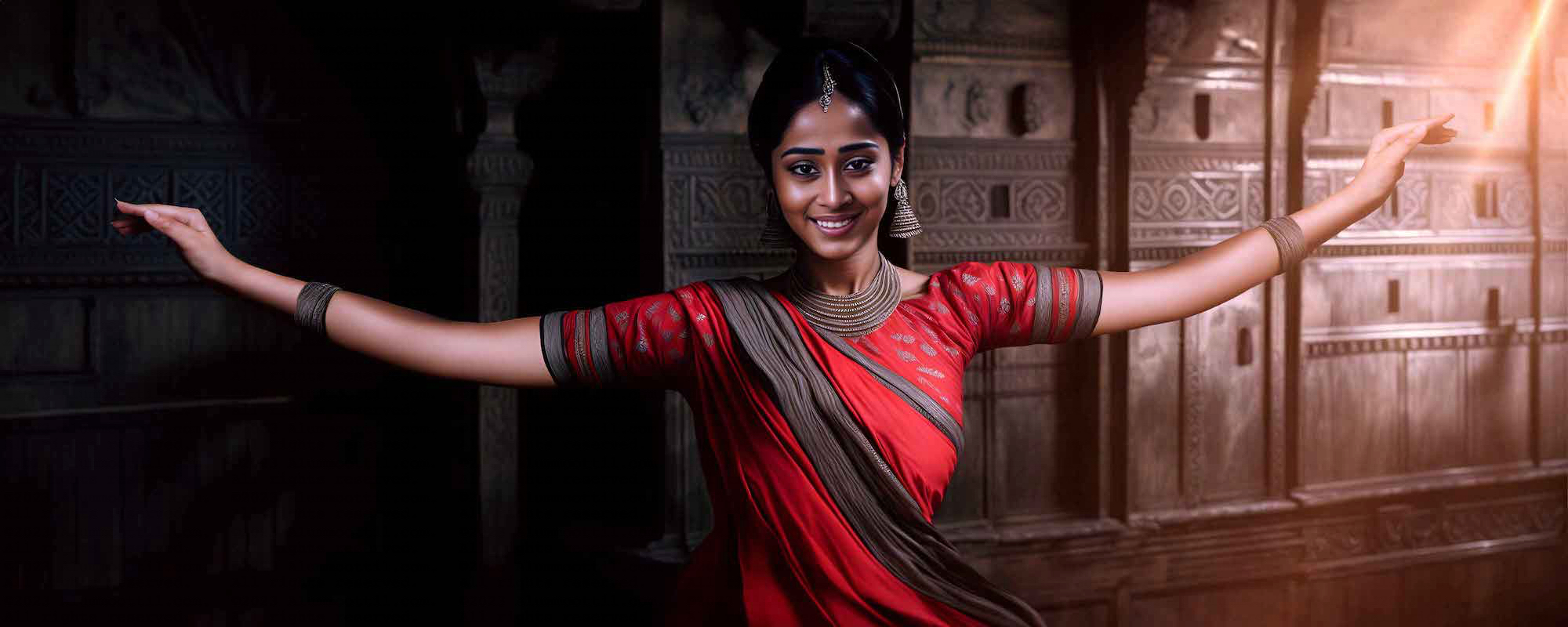
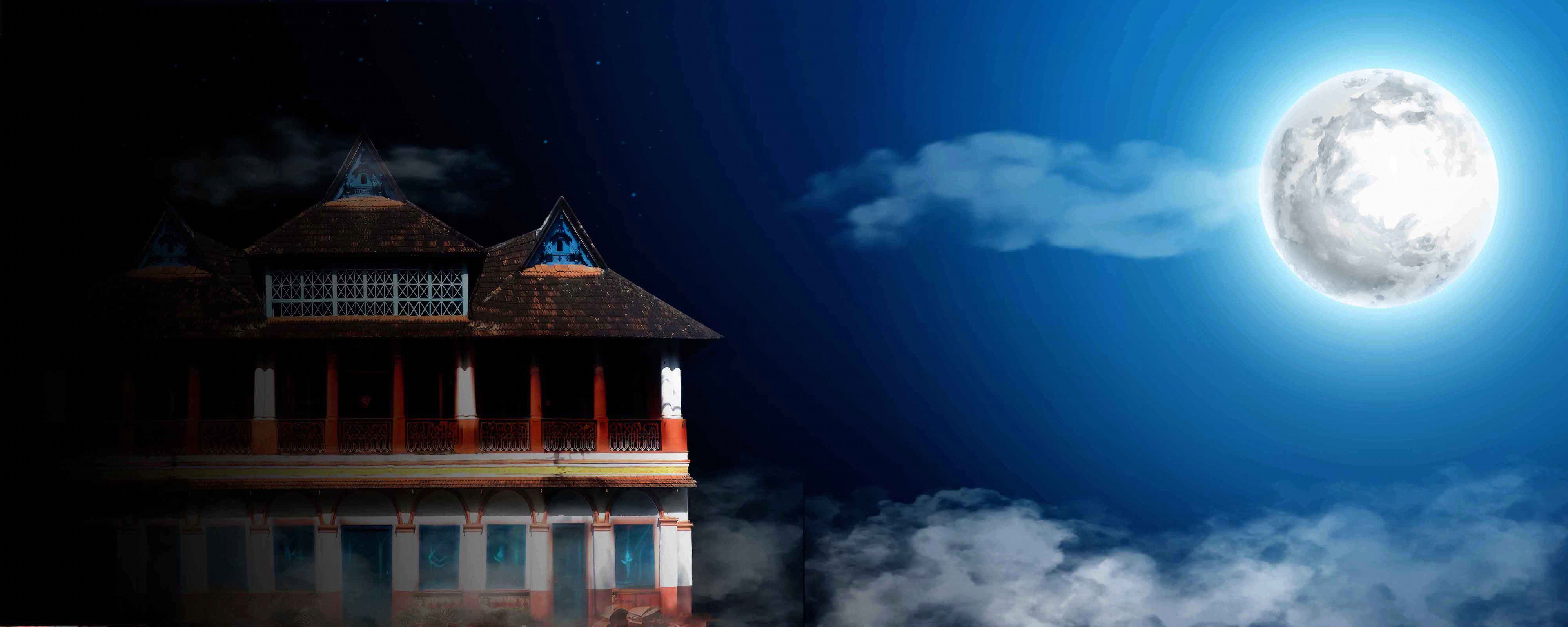
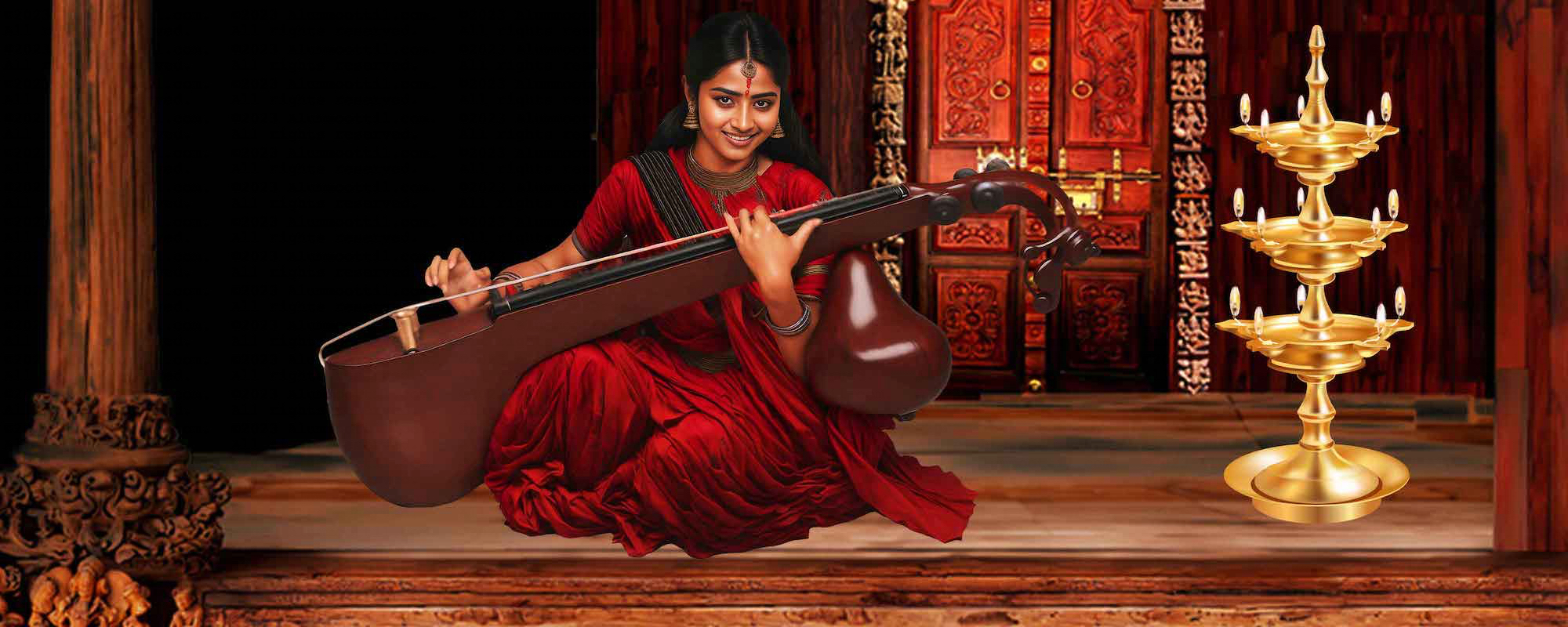
Alummoottil stands as an exemplar of aristocracy within the Ezhava lineage, renowned as a venerable Tharavad in the precincts of Karthikapally Taluk, nestled in the verdant expanse of Alappuzha district, Kerala. The exact location of the Tharavad is in Muttom, Haripad, Valiakuzhy Muri, Cheppad village. The family's stately mansion, known as the Meda, along with its courtyard, the Naalukettu, are situated within the purview of the Muttom post office (postal code 690511)
The Naalukettu, a relic of timeless grandeur, boasts a venerable antiquity spanning 425 years, encapsulating its status as one of Kerala's most ancient architectural treasures. The Alummoottil Meda, a bastion of heritage and history, has gracefully weathered a span of 125 years, establishing itself as one of the preeminent manors in the realm of Travancore.
The annals of the Alummoottil lineage have been a wellspring of inspiration for the scripts of numerous cinematic masterpieces, including titles such as Manichitrathazhu, Chandramukhi, Bhool Bhulaya, Rajmohol, and Apthamitra. It has further found its cinematic representation as the illustrious Brahmana-mana in the Mohanlal and Suresh Gopi starrer, Rakthasakshikal Zindabad.
Since 1740s, the Alummoottil family occupied a preeminent position as the highest contributor to the treasury of the Travancore kingdom. Its chieftains were revered as trusted advisors, both in military strategy and economic counsel, to the Kingdoms of Travancore and Kayamkulam. Historical accounts resonate with the significance of the Alummoottil Tharavad in the processing, warehousing, and transportation of the coveted spices, which formed the cornerstone of trade with European and Arab nations.
Notably, the Alummootil Tharavad earned renown for its prowess in Kalaripayattu, the traditional martial art of Kerala. At the zenith of its influence, Alummoottil presided over a network of 64 Kalaris, annually imparting martial training to a cohort of 10000 infantrymen and 2500 cavalrymen, who served the kingdom with valor and distinction. The chieftains themselves were not only figure heads overseeing the Kalaris but also distinguished Gurukkals, imparting their profound knowledge of both armed and unarmed combat techniques. The training encompassed mostly Vadakkan kalari—this style is believed to have originated from the mythical figure Parasurama. In northern Kerala, there are two primary branches: Kalariyarpayattu, emphasizing leg techniques, and Kaikuttippayattu, focusing on hand techniques.
A notable sub-division is Arappukkai, also known as Tulunadan, which falls under Kalariyarpayattu. This style includes regional variations like Vattayanthirippu, combining physical exercise with entertainment, and Dronampalli, a northern style practiced in South Kerala by the Chembakassery kings. Common elements in both northern and southern Kalarippayattu styles include techniques named after mythological figures like Hanuman, Bali, and Bhima, each emphasizing different aspects like speed, strategy, and physical strength. In addition to these, there are regional styles like Chavakadan, Kozhikodan, Kadathunadan, and Valluvanadan, each influenced by local lifestyle, culture, geography, and available weapons, leading to unique movements and techniques.
Alummoottil Gurukkals, or masters, contribute to these styles through their experience and reasoning. The northern style is renowned for its visually appealing combinations of adavus (sequences) and the use of diverse weapons. The Arappukkai style, in particular, is known for its technical prowess. The training provided by the Alummoottil family in this style, focusses on high jumps, low stances, steady focus, mental strength, and efficient movements, emphasizing the rich tradition and diverse techniques of northern Kalarippayattu.